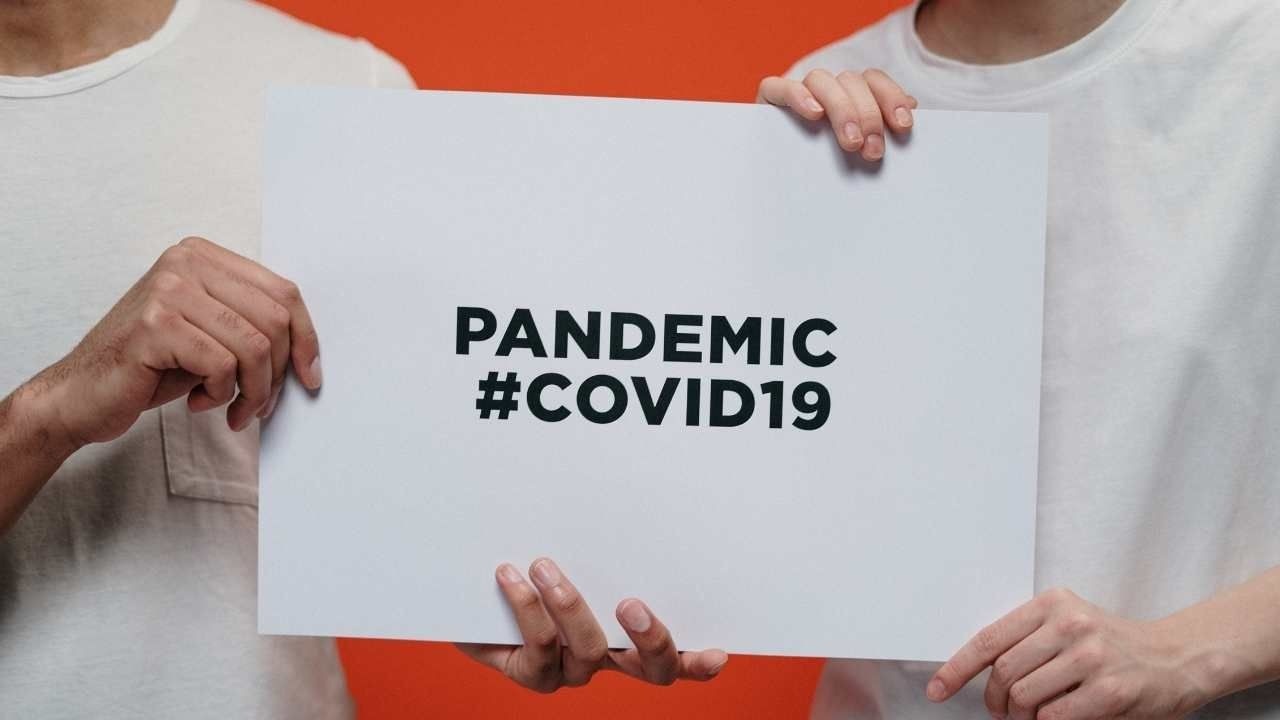The Link Between Climate Change and COVID-19

Global heating is accelerating and adversely affecting every aspect of life. One consequence of climate change is the increased risk of pandemics. Scientists say that we have entered a pandemic era and that COVID-19 may just be the start.
Ecosystem and Habitat changes
Climate change is altering and destroying ecosystems around the world. As habitats become unsuitable species relocate or move into new ones.
In Yannun in China global warming caused major changes to the vegetation which increased the abundance and diversity of bat species many of which had coronaviruses. It is theorised that the coronavirus that caused the COVID-19 pandemic (SARS-CoV-2) crossed from animal to human at a Chinese wet market where live wild animals were sold and slaughtered. This ultimately caused the 2019-2020 pandemic.
Another ecosystem and one of the largest affected by climate change is the Arctic. As sea ice and permafrost melt it exposes diseases that have been trapped in the ice for thousands of years. These viruses and bacteria become live and may spread as humans start exploiting these areas, for example through mining.
It is not only climate change that alters habitats. Humans directly destroy them through activities such as logging where they do so they come into contact with new species or spend more time with known ones. In the Amazon, logging is causing direct ecosystem change. The devastating scale of deforestation in has made the rainforest vulnerable to burning down. When this happens to a large area species of plants unknown to science may become extinct and with that potential medicines of the future.
Altering Bacterial Ecology
The second way that climate change can cause pandemics is by changing symbiotic bacteria. These are bacteria that have lived harmlessly in the body for thousands of years. However, they could become deadly as they did for the Saiga antelope. In Kazakhstan in May 2015 during the warmest and most humid conditions ever recorded, a usually harmless bacteria in the animals’ tonsils multiplied in the heat. It became lethal and killed sixty per cent of the world's saiga antelopes and ecological catastrophe.
The human body naturally has a diversity of organisms such as bacteria. We are just learning how important the gut bacteria, the microbiome are; they affect our moods, inflammation, immunity and are linked with metabolic diseases such as type 2 diabetes. Over 99 per cent are unidentified and it is unknown how climate change will affect them. A degree or two increase in global temperature might make all the difference and kill, diminish or change the microbiome with detrimental results.
Conclusion
In Emerging pandemic diseases: how we got to COVID-19 2020, scientists Morens and Fauci write that, “the COVID-19 pandemic is yet another reminder, added to the rapidly growing archive of historical reminders, that in a human-dominated world, in which our human activities represent aggressive, damaging, and unbalanced interactions with nature, we will increasingly provoke new disease emergencies. We remain at risk for the foreseeable future. Covid 19 is among the most vivid wake-up calls in over a century. It should force us to begin to think in earnest and collectively about living in a more thoughtful and creative harmony with nature, even as we plan for natures inevitable, and always unexpected, surprises.”
The direct effects of climate change - rising temperatures, heat, extreme weather events and reduced availability of food and water - have to be tackled urgently before they destroy us and other species. The increased risk of pandemics is yet another reason for taking urgent action.
References
David Wallace-Wells, The Uninhabitable Earth, Penguin 2019.
Morens DM, Fauci AS. Emerging pandemic diseases: how we got to COVID-19. Cell. 2020;182:1077–1092. https://www.cell.com/cell/pdf/S0092-8674(20)31012-6.pdf
Shifts in global bat diversity suggest a possible role of climate change in the emergence of SARS-CoV-1 and SARS-CoV-2 RM Beyer, A Manica, C Mora - The Science of the total environment, 2021. http://www.soc.hawaii.edu/mora/Publications/Mora%20075.pdf
Why did the world’s pandemic warning system fail when COVID hit? https://www.nature.com/articles/d41586-021-00162-4
Effect of a wet market on coronavirus disease (COVID-19) transmission dynamics in China, 2019–2020, 2 June 2020 https://www.ncbi.nlm.nih.gov/pmc/articles/PMC7264924/

50% Complete
Two Step
Lorem ipsum dolor sit amet, consectetur adipiscing elit, sed do eiusmod tempor incididunt ut labore et dolore magna aliqua.